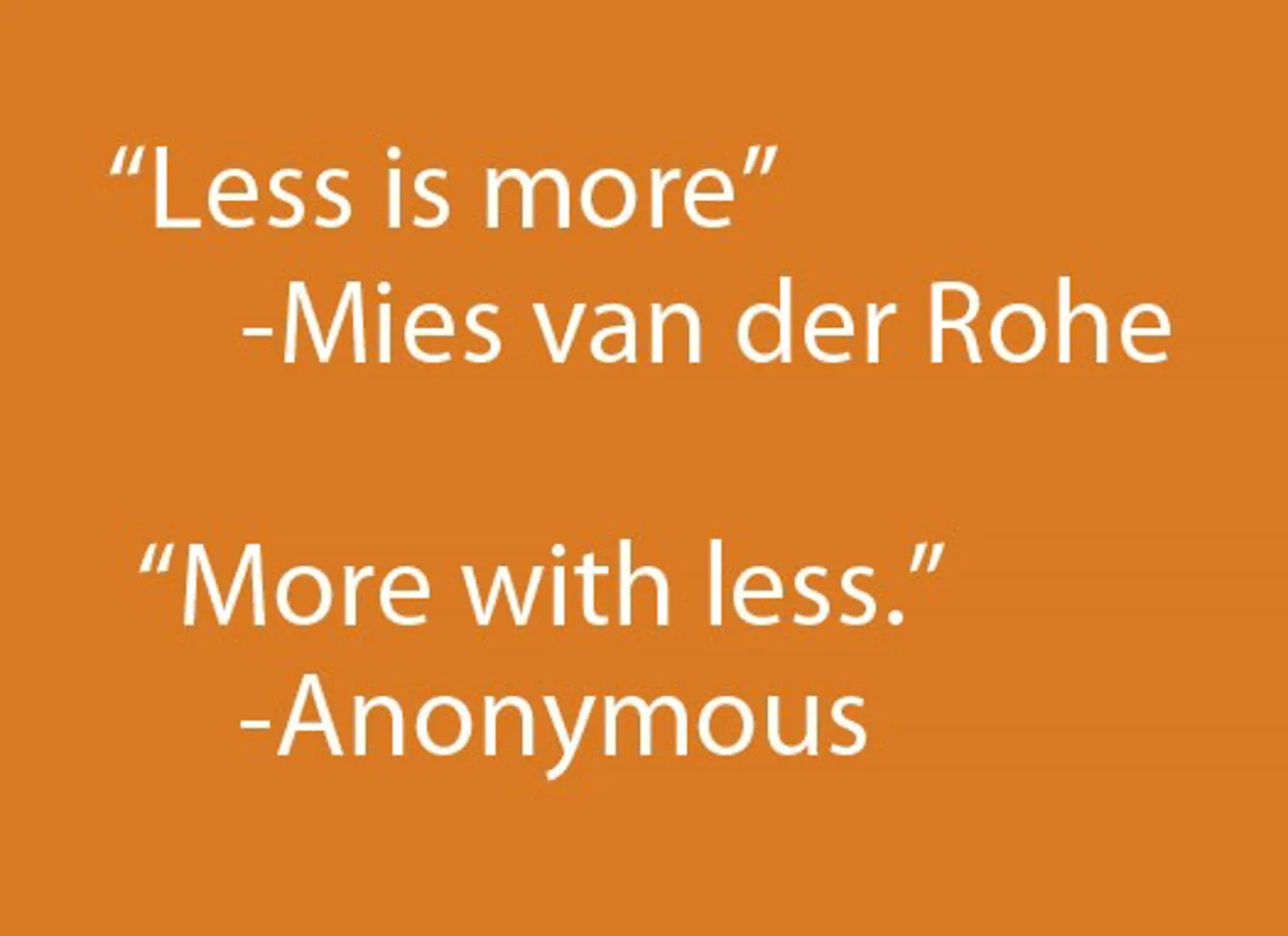
Working in Norway
Job Seekers: Can you write less and get more?
The other day I looked up the origin of the phrase ‘less is more’. The Wiki definition says that it was first used in 1947 by architect Ludwig Mies van der Rohe. It was what he felt architectural design ought to be; meaning, in other words, 1) simplicity is better than elaborate embellishment, and 2) …
The other day I looked up the origin of the phrase ‘less is more’.
The Wiki definition says that it was first used in 1947 by architect Ludwig Mies van der Rohe. It was what he felt architectural design ought to be; meaning, in other words, 1) simplicity is better than elaborate embellishment, and 2) simplicity and clarity lead to good design.
The first statement caught my eye because of the words ‘elaborate embellishment’. Given that I teach business writing, my mind automatically went to CVs and cover letters. I thought about people’s tendency to write too many words (which is elaborate) and too much exaggeration of their skills and experience (which is embellishment).
The second grabbed my attention because of how the words ‘simplicity’ and ‘clarity’ so easily transfer from the world of architecture to that of job seeking. It’s a minimalist, modern approach that is pleasing to the eye of either the beholder or reader.
People who take my writing courses often tell me that they don’t like writing, hate writing, can’t write to save their lives, etc. But now they must write because for whatever reason they’re looking for a new job and have to compose sensible sentences that tell strangers why they should call them in order so they can tell even more about themselves.
Surprisingly, it can be these people who write the most. But they do so with what I call the runaway train method of writing – they just start out putting down words and more words and more words…faster and faster without stopping until they’ve written a 6-page CV or a 3-page letter, only then hitting the brakes because they feel they’ve gotten enough words down and can come to a halt with a sigh of relief.
People get surprised when I tell them that when proofreading these documents, I nearly always delete a lot more than I add. Then, when I return the much shorter revised versions to their writer, I explain why I’ve done this. Although I don’t throw the above statement about less being more at them, I realize that it’s this idea I have in mind when I pull their CV or letter up on the screen.
Maybe the problem is tied to a belief that simplicity means simple, the first being a positive noun and the second what can be a negative adjective. Of course, nobody wants to be described as being simple (a bit slow), and I’ve wondered if they transfer this thought onto their writing style, going for what is the opposite, as that has to make a better impression on the reader. But it’s not true.
Just as drawing simply and clearly lead to good design, so does writing simply and clearly lead to good documents. Ones you can send off with confidence to readers who – because you’ve written less and not more – will be able to quickly tell that you just might be – quite simply – the right person for the job they have to fill.



